HDR, or High-Dynamic-Range is a technique to improve dynamic range of a photograph thus enhancing tricky scenes like direct sunlight. As I'm not the best person to talk in depth about that, I'll let you check the corresponding Wikipedia article and some examples on Flickr for more information. One method to achieve this technique is to take several photographs of a scene with different exposures, usually one normal, one underexposed and one overexposed shots.
Modern DSLR have a mode to make this adjustement pretty straightforward: enter the Auto-Exposure Bracketing mode, a.k.a. AEB. AEB lets you select three different EV stops and will handle the variation on each shot. Shoot three successive shots to have a complete serie matching your AEB settings. Engage the High-Speed Shooting and you'll have AEB-enabled shots in no time1.
After shooting, you have two options for making a HDR photo:
- Using the HDR processor embedded on your device, if available
- Using a post-procesing software like Photomatix Pro or Photoshop
I do not recommend the first option as the HDR will take time and will basically kill your battery. Also for Lightroom users: HDR fusion mode is available since LR 6, hourah!
Now, why this post? If you already done some HDR, you may have seen artifacts on resulting shots, consequence of the inability to fusion your shots evenly (because of waves, moving people, leaves, …). It can be really frustrating.
While post-processing some shots from a night session in Paris this week, one of the HDR had too visible artifacts. I wondered what would give a HDR fusion on three shots of the same RAW file with three different exposures. Here we are.
I will try this technique on four shots took with a Canon EOS 60D and a Canon PowerShot G7 X Mark II.
Shot 1: Paris sunset using Canon EOS 60D
Here is the original shot, followed by two AEB shots at -3 EV and +3 EV:
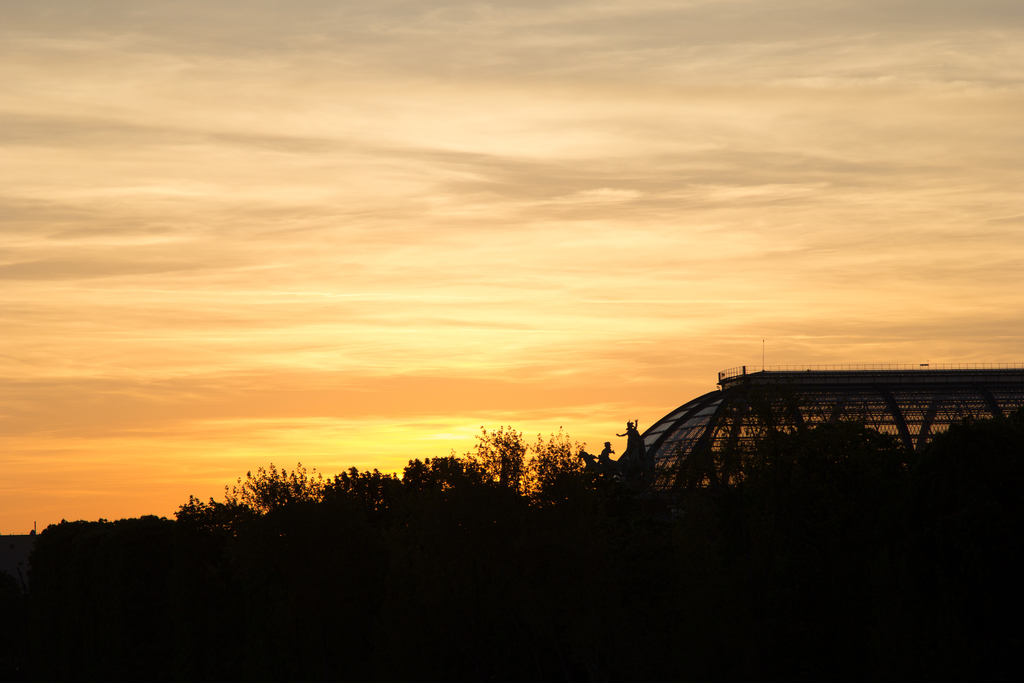
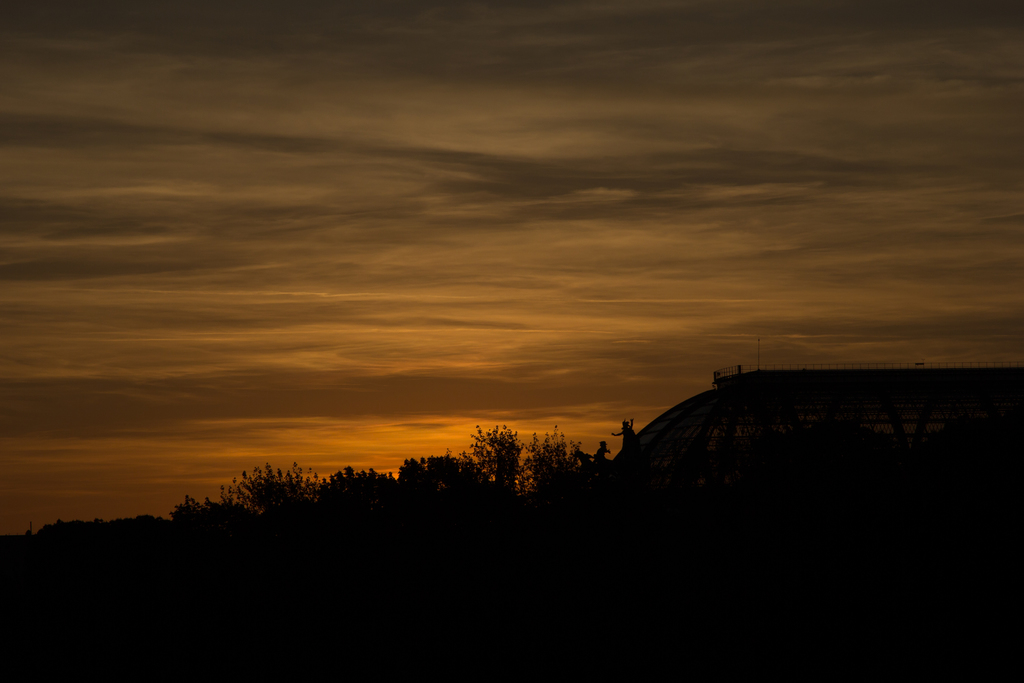
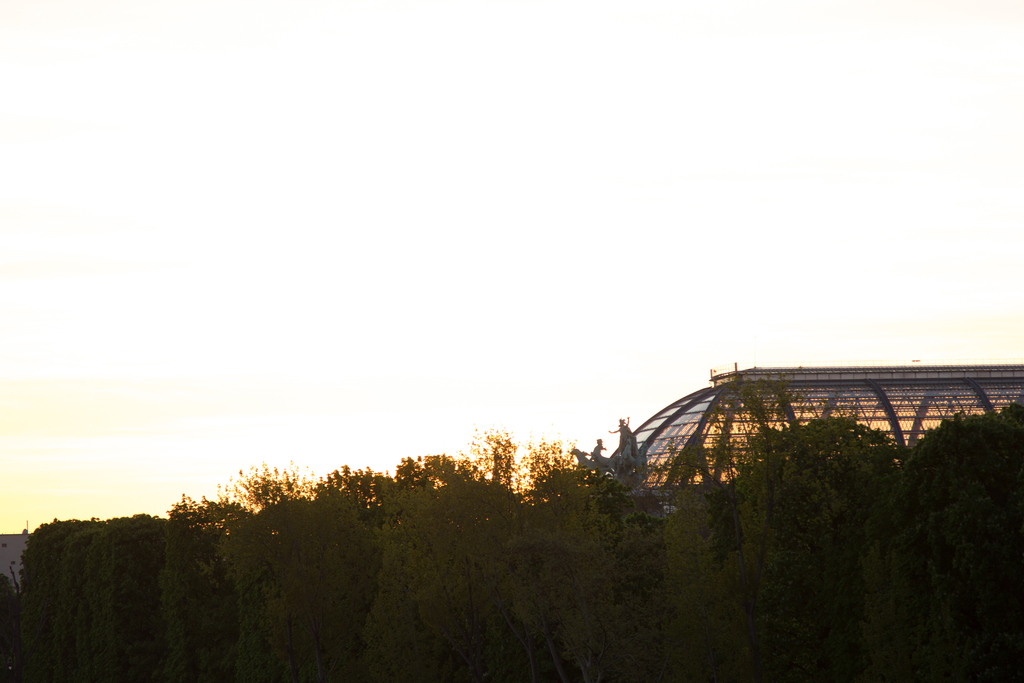
Now, here is the original shot with automatic tune:
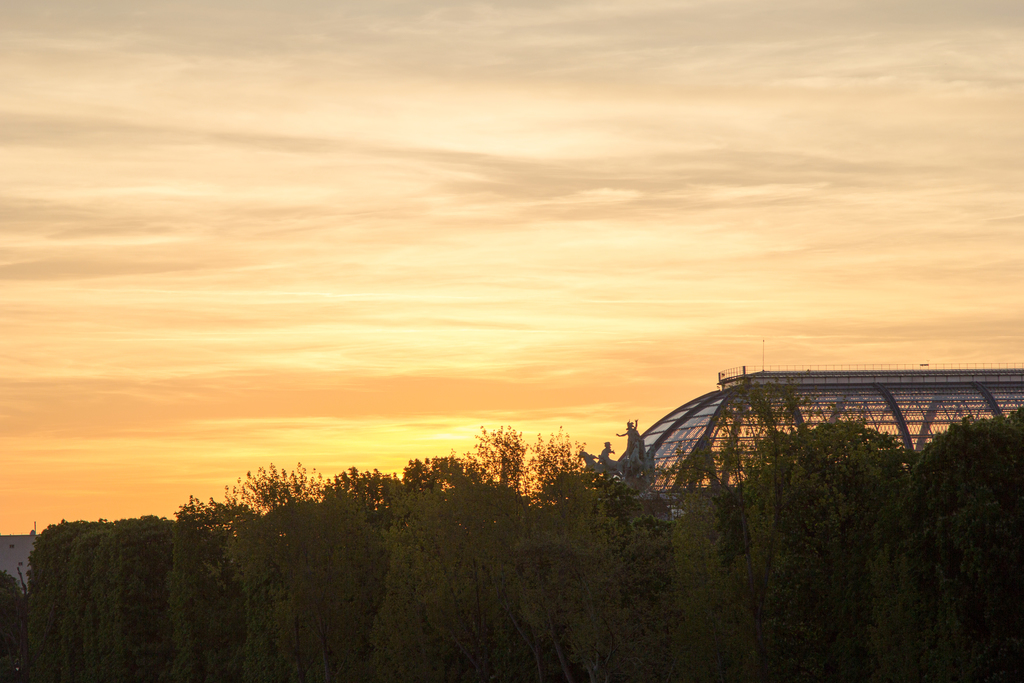
And the HDR automatic tune using AEB shots:

You may see that dark areas are more visible in the HDR shot.
Let's do some magic with only the original shot. Make two virtual copies with
respectively -3 EV and +3 EV. It should give that:
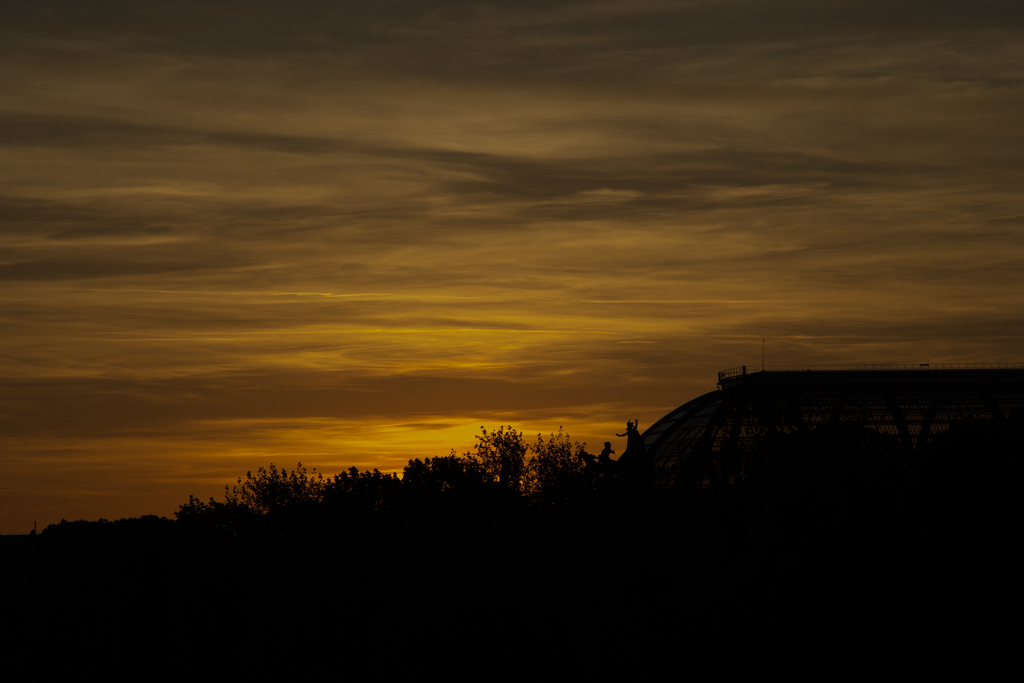
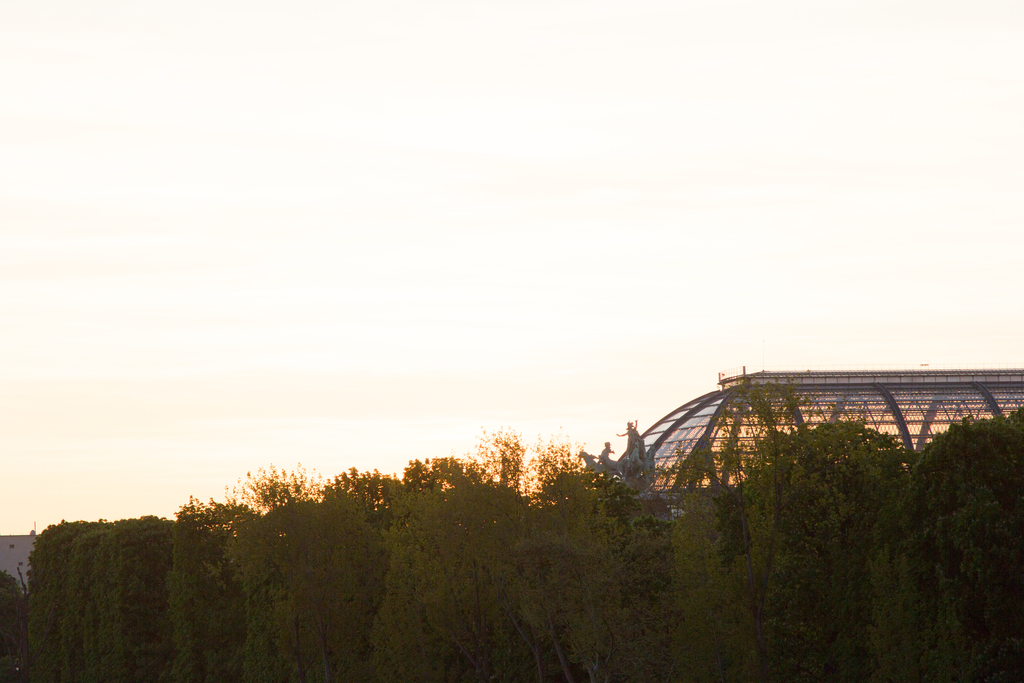
Here is the resulting HDR automatic tune image:
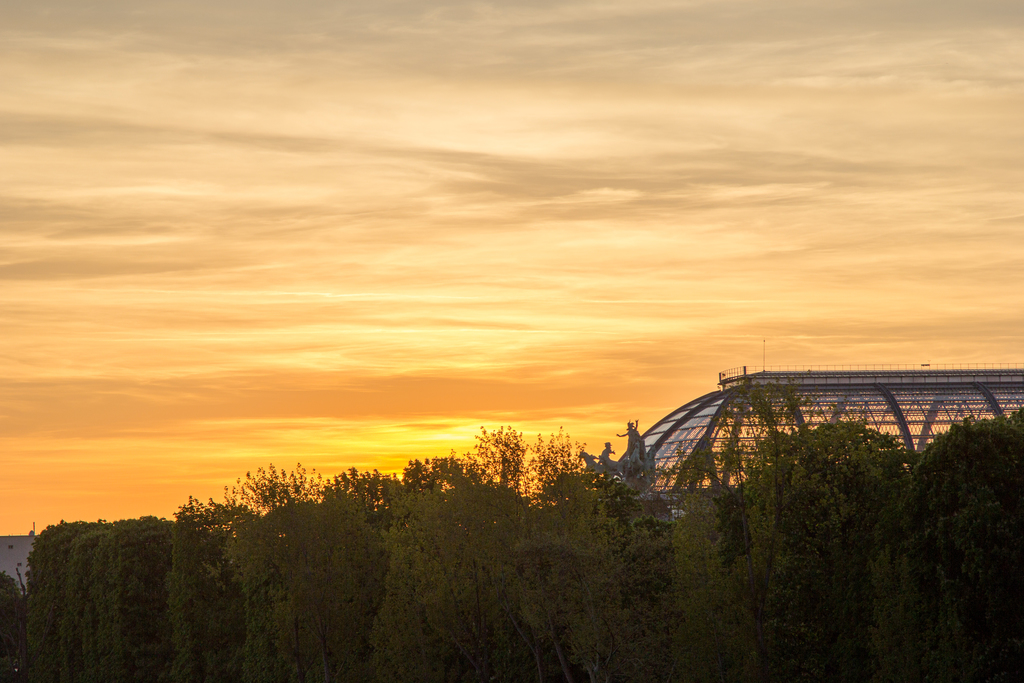
Put side-by-side with 1:1 crop, we see that it has a lot more noise than the AEB
HDR shot (PPEB left, AEB right):
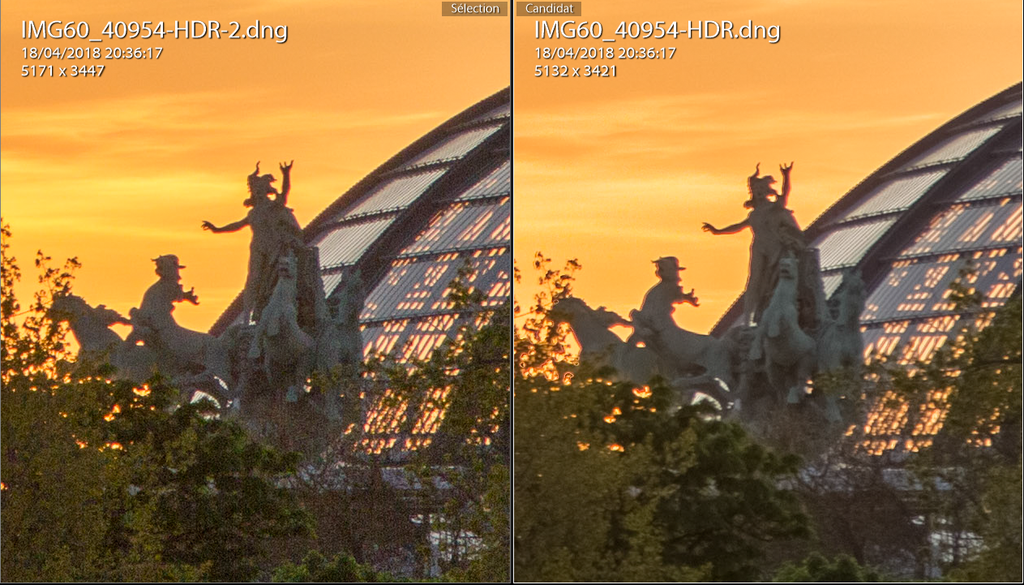
You can play with luminance on first and third (respectively normal and
overexposed) shots to reduce noise (previous PPEB left, luminance right):

Which gives you (luminance left, AEB right):
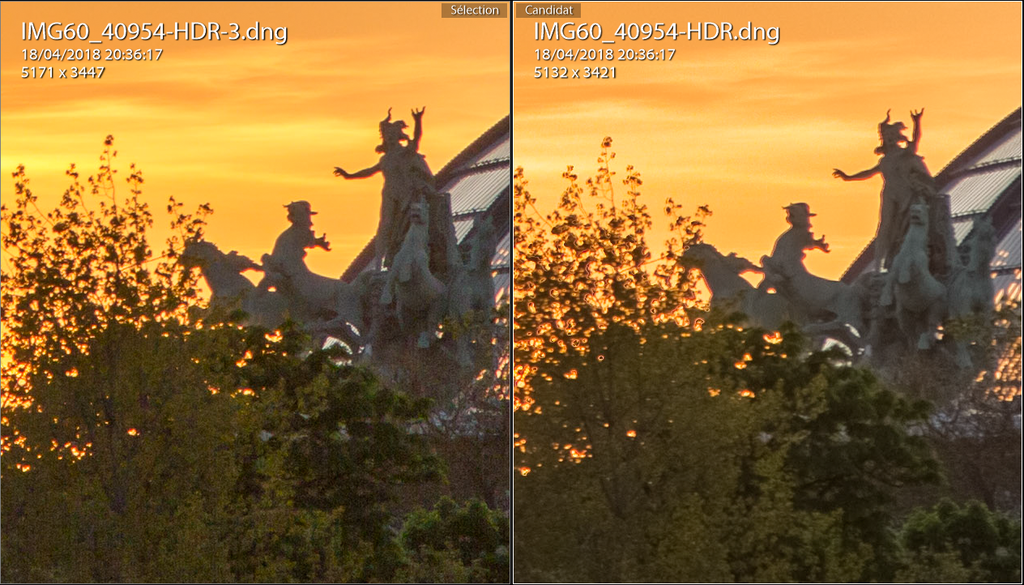
And finally here is the result of HDR autotune with post-processing exposure
bracketing:
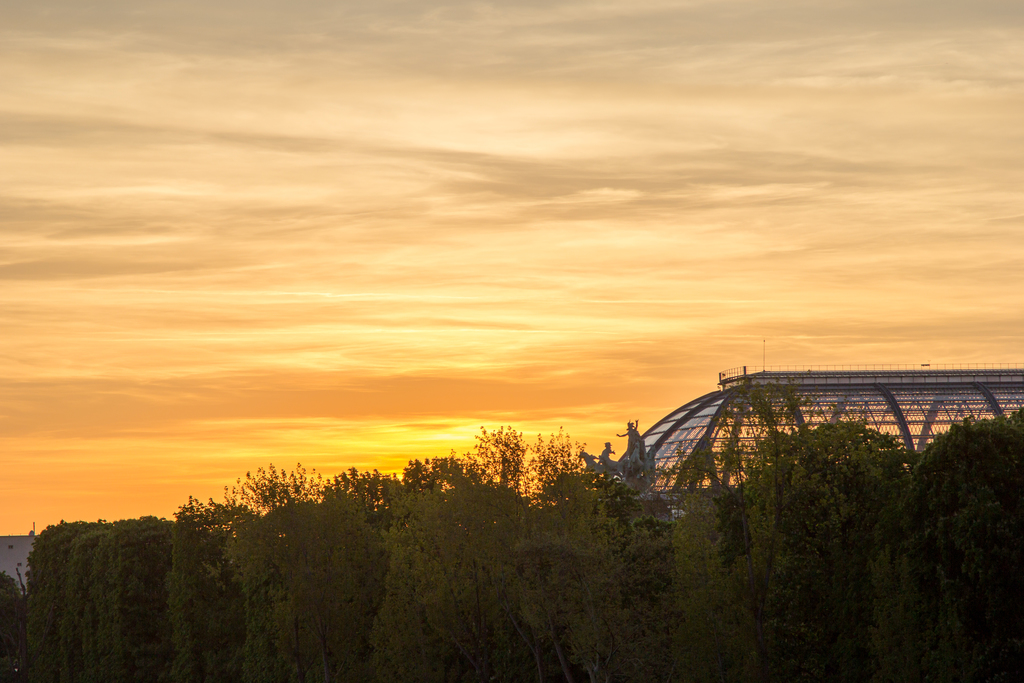
Put side-by-side, a comparison between HDR autotune with AEB shots on the left
and HDR autotune with the post-processing exposure bracketing shot on the right:
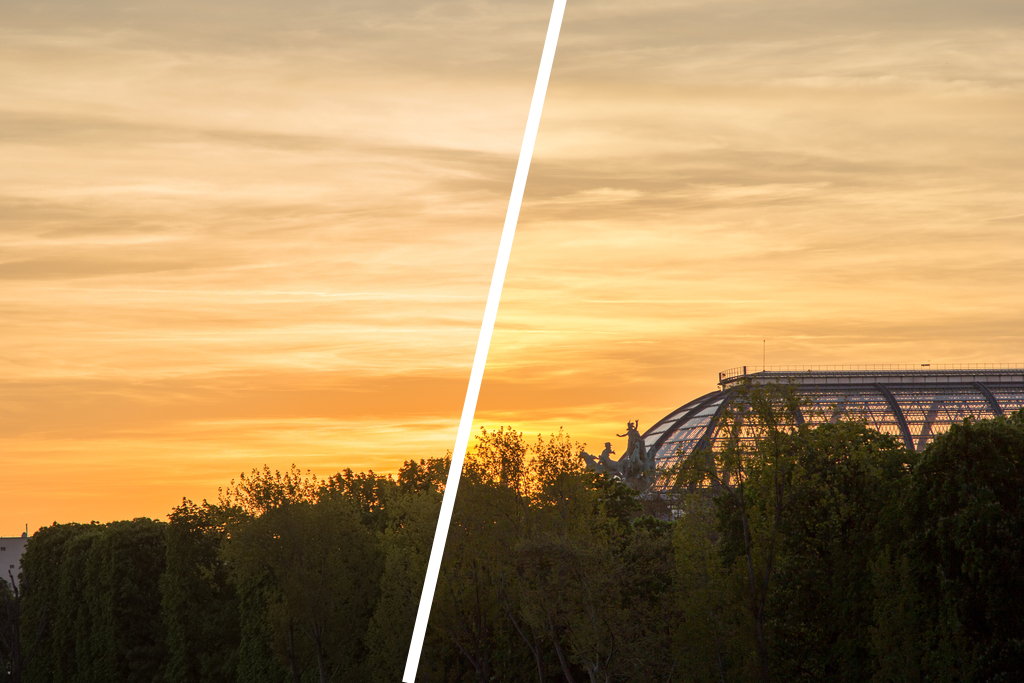
Shot 2: Paris sunset using Canon EOS 60D
Here is the original shot, followed by the same shot with autotune:
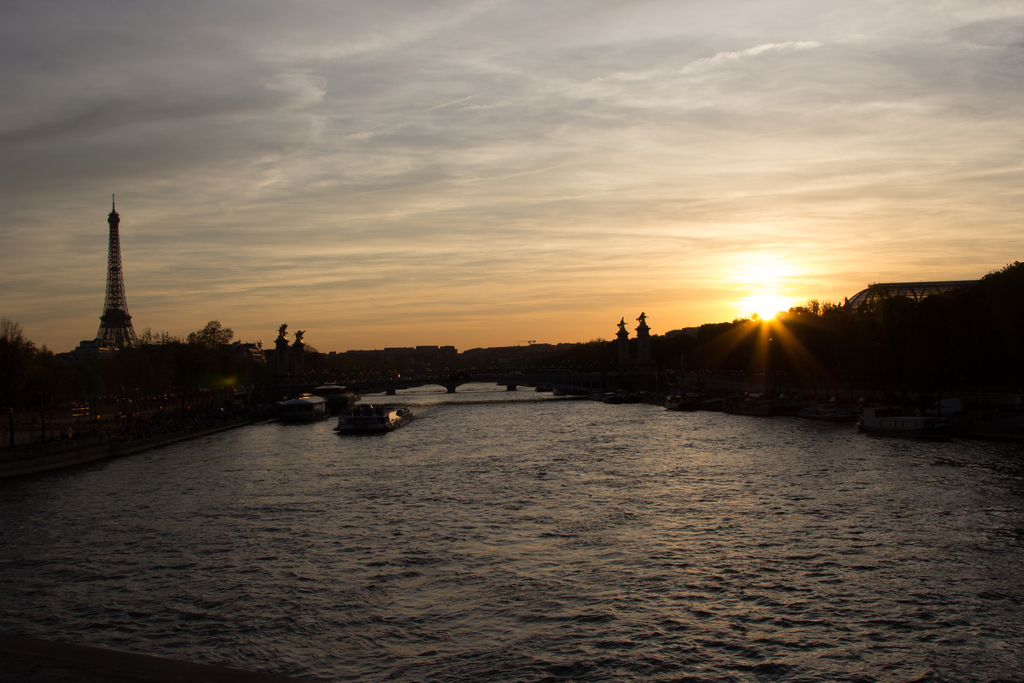
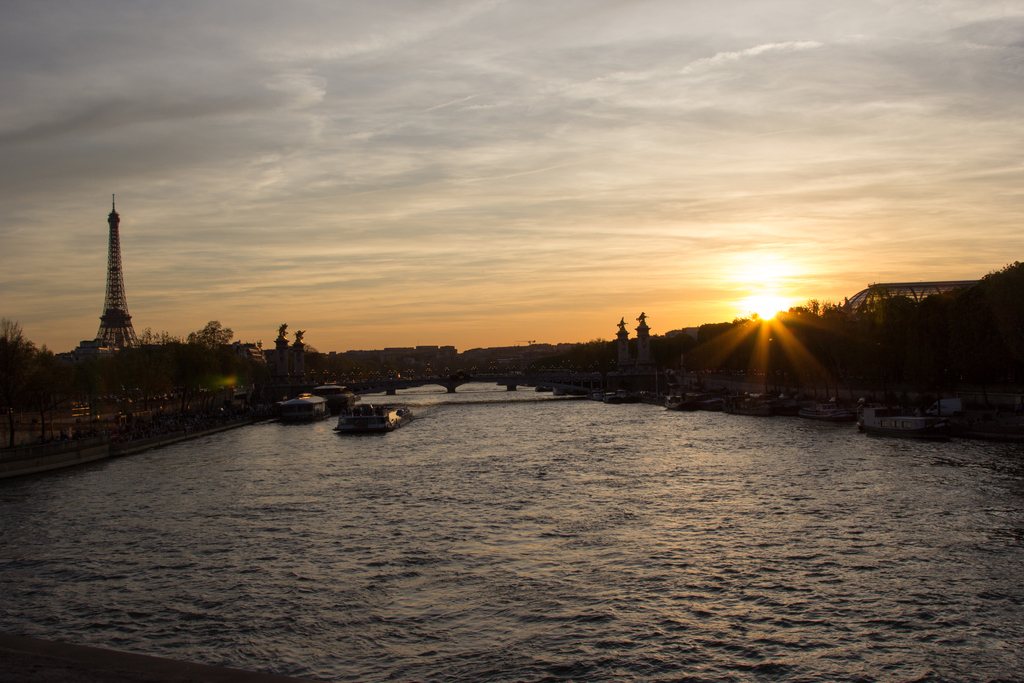
And here are the two HDR shots with autotune, AEB first:
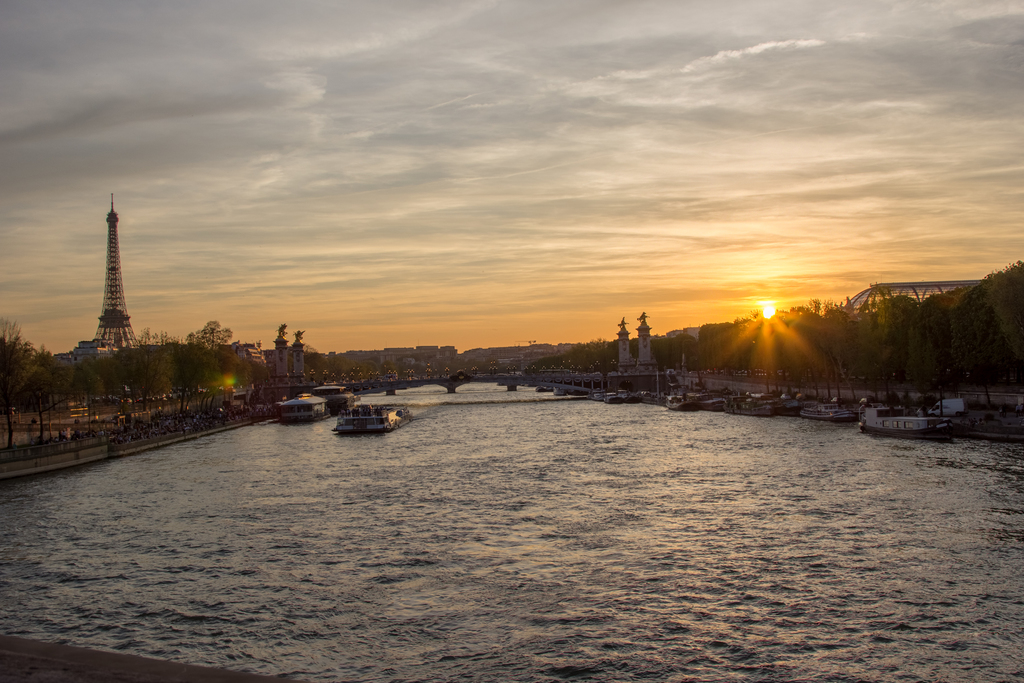
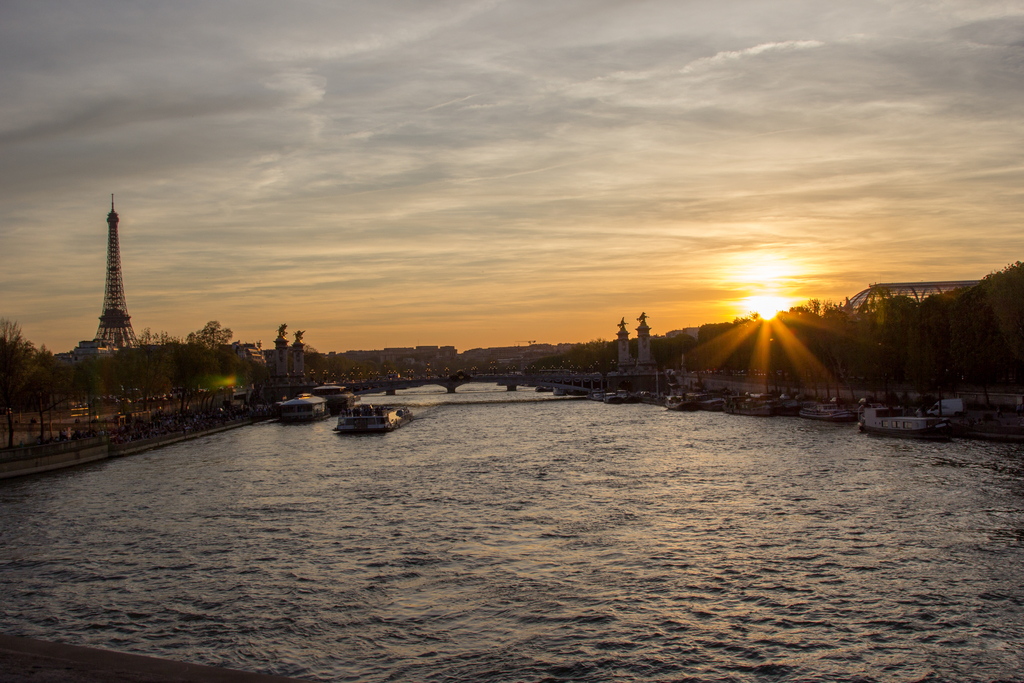
On this shot we can see that the sun is less detailed and dark zones are less clear when using the post-processed RAW file.
Shot 3: Ile d'Yeu sunset using Canon EOS 60D
Here is the original shot:
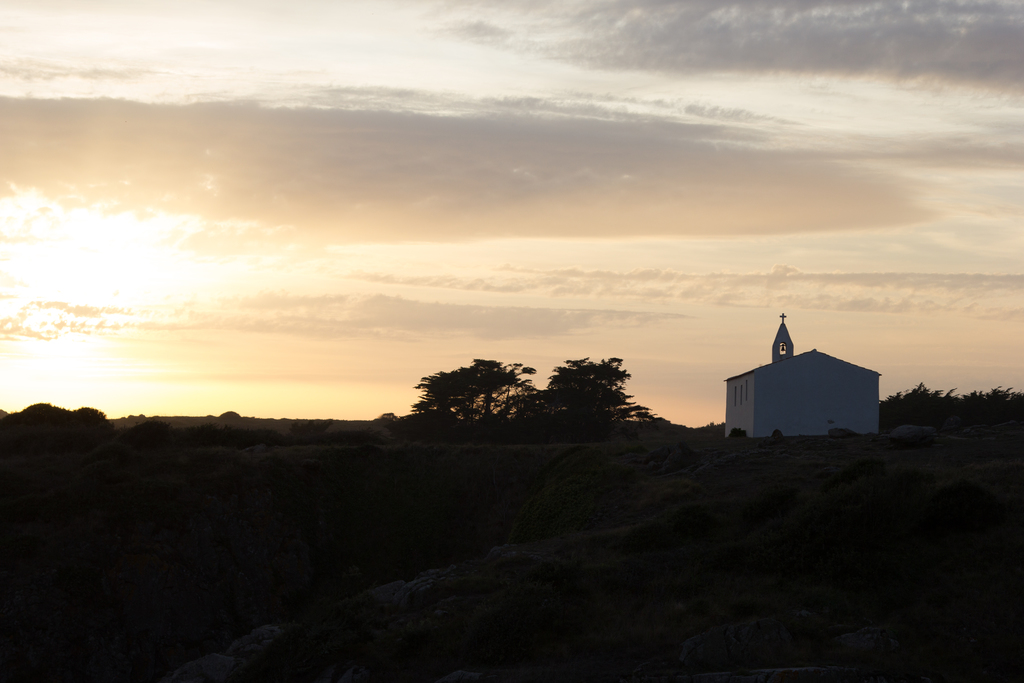
And here are the two HDR shots with autotune, AEB first:
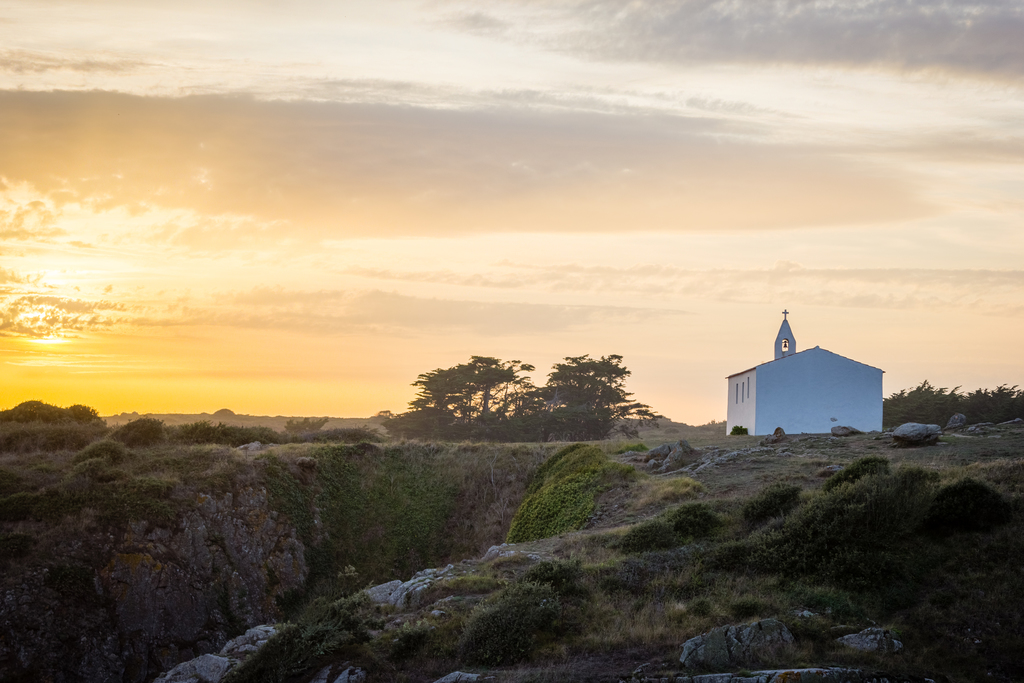
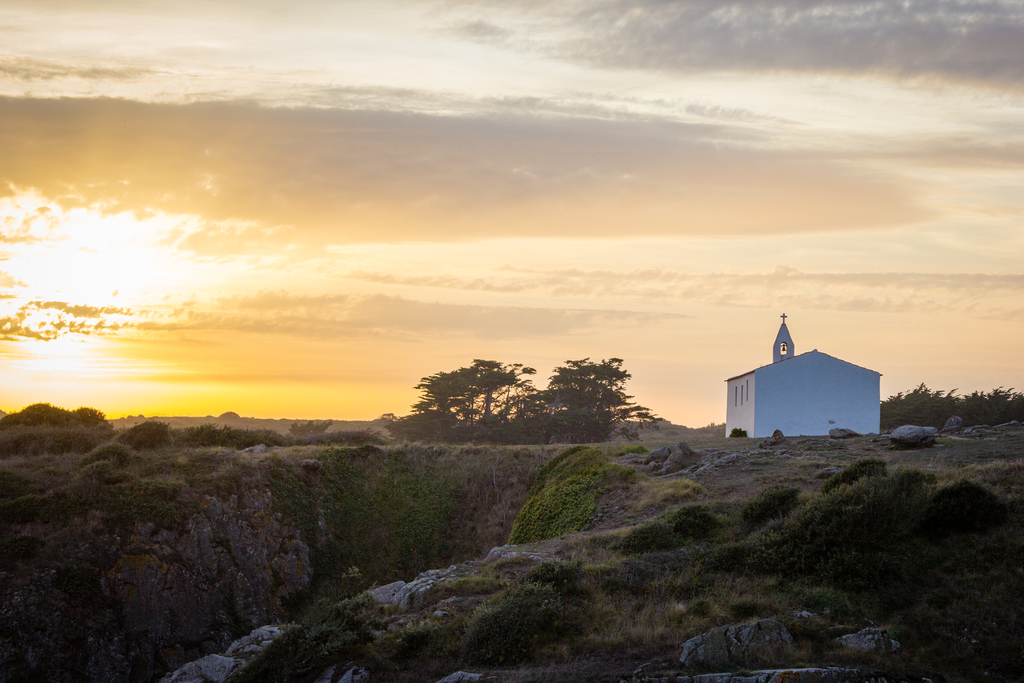
Like the previous scene, the sun appears brighter and less detailed than with the AEB shots.
Shot 4: Ha Long Bay using Canon PowerShot G7 X Mark II
For the last scene I used a shot took with a compact device. Here is the original shot followed by the same shot with autotune:
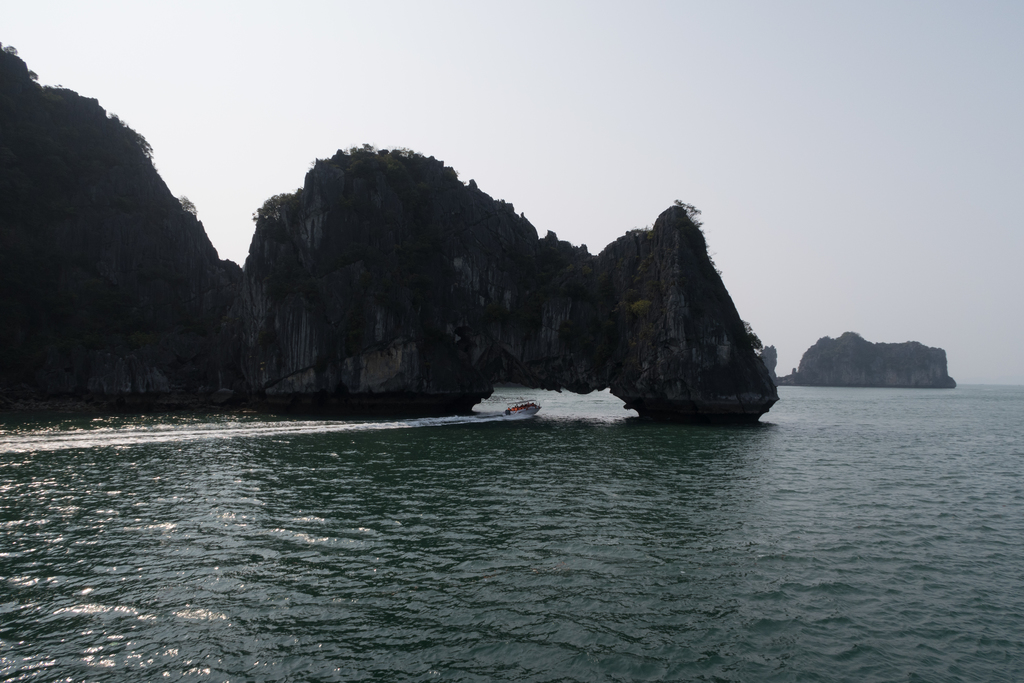

And here are the two HDR shots with autotune, AEB first:
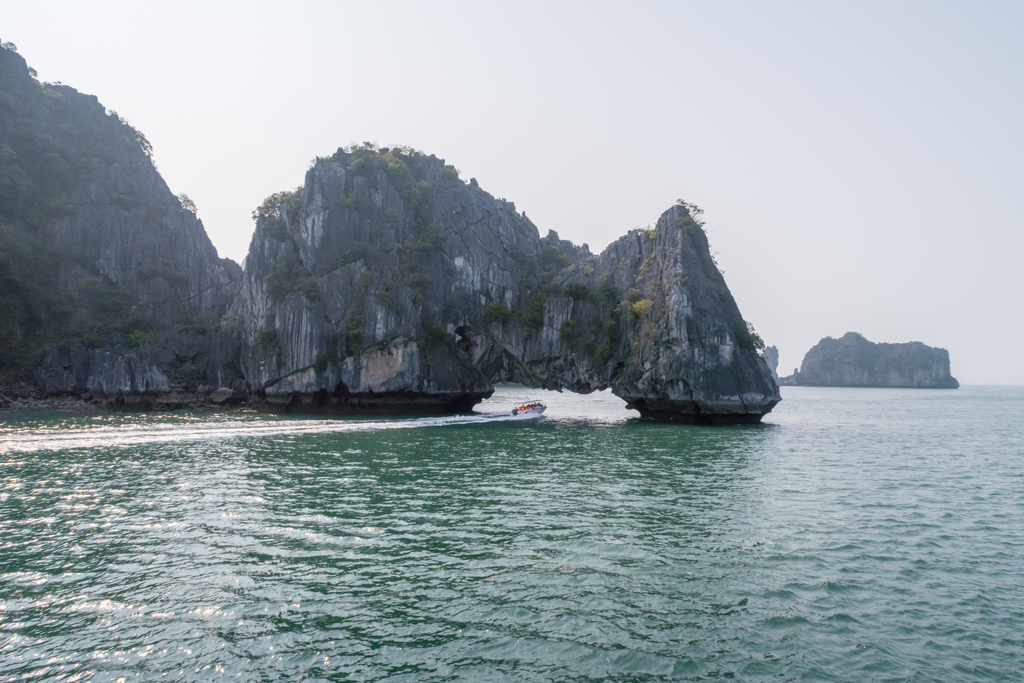
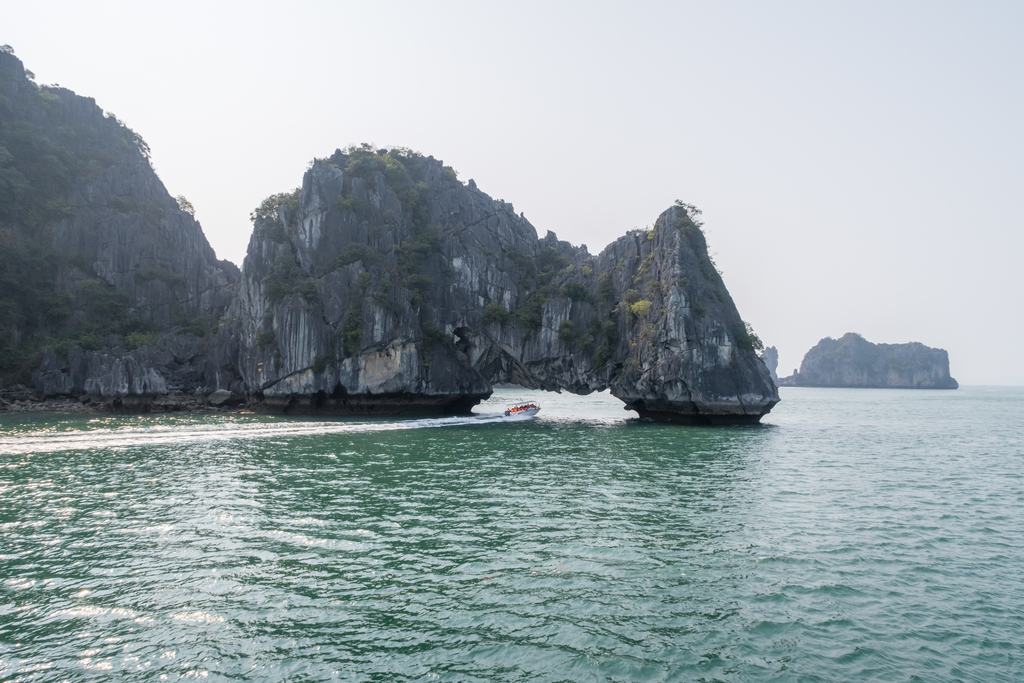
When creating the first HDR shot (using AEB) I activated a corrective setting of Lightroom which resulted in a noticeable contrast change on the rock. This line does not appear on the HDR using post-processed RAW file.
Overall, using post-processing exposure bracketing on a RAW file seems to provide good results close to HDR from AEB shots. Unless you have bright light sources on the scene (like the sun). Also it's very likely that you'd have to reduce noise with luminance. Apart from that it can be a solid alternative to AEB shots when the resulting HDR of the latter generates artifacts.
Enjoy!
-
You still depend on the aperture time which may vary between the shots to handle the requested EV stop. ↩︎